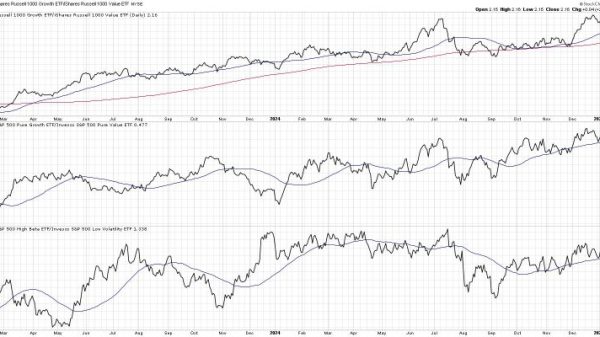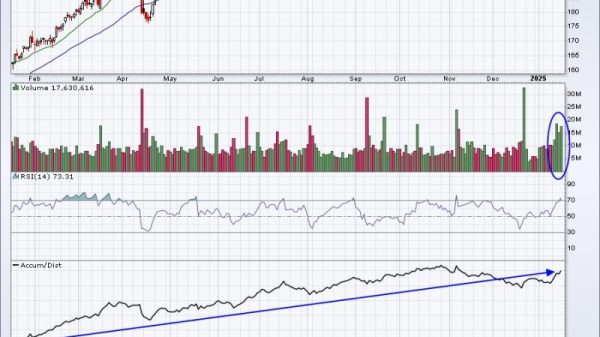An interim deal to smooth deliveries to Philippine marines marooned on a ship at a hotly disputed reef in the South China Sea appears to be in doubt after Manila and Beijing gave opposing accounts over what they had agreed to.
Fears of a conflict with global implications have risen in recent months following a series of increasingly violent clashes between Chinese coast guard vessels and Philippine ships at Second Thomas Shoal in the contested Spratly Islands, where Manila grounded a navy ship in 1999 to press its claims.
Following de-escalation talks, Manila and Beijing both said they had reached a “provisional arrangement” on the resupply of necessities to Philippine marines stationed aboard the BRP Sierra Madre – without either side conceding their maritime claims.
But analysts were skeptical about whether the temporary deal would hold after the two sides provided conflicting details of what their agreement entails.
Here’s what you need to know.
What’s in the deal?
Neither Manila nor Beijing has released the text of the temporary agreement reached on Sunday to cool tensions at the reef, known as Ayungin Shoal in the Philippines and Ren’ai Jiao in China, which is located about 200 kilometers (125 miles) from the Philippine island of Palawan.
A Chinese Foreign Ministry spokesperson said Monday that Beijing had agreed to allow Manila to resupply its personnel on the Sierra Madre with living necessities “in a humanitarian spirit.”
Those resupply missions could only take place “if the Philippines informs China in advance and after on-site verification is conducted,” spokesperson Mao Ning told a regular news briefing.
“China will monitor the entire resupply process,” she added.
Those remarks met pushback in Manila.
The Philippine Department of Foreign Affairs (DFA) said in a statement on X that the country would continue to assert its rights in the South China Sea, noting the provisional agreement with Beijing had been reached “without compromising national positions.”
Therefore, the Chinese statement “regarding prior notification and on-site confirmation is inaccurate,” the DFA said.
The Philippines made the deal in good faith, was ready to implement it, and urged China to do the same, the statement added.
How did we get here?
Beijing claims “indisputable sovereignty” over almost all of the 1.3 million-square-mile South China Sea, and most of the islands and sandbars within it, including many features that are hundreds of miles from mainland China. The Philippines, Malaysia, Vietnam, Brunei and Taiwan also hold competing claims.
In 2016, an international tribunal in The Hague ruled in favor of the Philippines in a landmark maritime dispute, which concluded that China has no legal basis to claim historic rights to the bulk of the South China Sea.
China has ignored the ruling: Manila says Beijing continues to send its maritime militia and coastguard vessels to Mischief Reef and Scarborough Shoal in the Philippines’ exclusive economic zone.
Under President Ferdinand “Bongbong” Marcos Jr, the Philippines has taken increasingly assertive steps to protect its claim to shoals in the South China Sea, leading to several confrontations off the Philippine islands.
They include standoffs between Chinese boats and tiny wooden Philippine fishing vessels; Chinese attempts to block the resupply of the BRP Sierra Madre with water cannons; and a bold move by a lone Filipino diver armed with a knife to sever a massive floating Chinese barrier.
In a major escalation on June 17, the Philippines and China blamed each other for a clash near Second Thomas Shoal in which a Philippine serviceman lost a thumb.
Footage released by the Philippine military showed Chinese coast guard officers brandishing an axe and other bladed or pointed tools at the Filipino soldiers and slashing their rubber boat, in what Manila called “a brazen act of aggression.”
The clash took place just weeks after President Marcos warned that the death of any Filipino citizen at the hands of another country in the South China Sea would be “very close” to an act of war.
What’s at stake?
The resource-rich South China Sea is widely seen as a potential flashpoint for global conflict, and Western observers say tensions could erupt if China, a global power, decides to act more forcefully against the Philippines, a US treaty ally.
Washington and Manila are bound by a mutual defense treaty signed in 1951 that remains in force, stipulating that both sides would help defend each other if either were attacked by a third party.
The US is not a claimant to the South China Sea, but says the waters are crucial to its national interest of guaranteeing free passage through seas worldwide.
The US Navy regularly conducts freedom of navigation operations (FONOPs) in the South China Sea, saying the US is “defending every nation’s right to fly, sail, and operate wherever international law allows.”
Beijing denounces such operations as illegal.
In remarks at the Aspen Security Forum on July 19, US National Security Adviser Jake Sullivan said the United States would “continue to support the Philippines and stand behind them as they take steps” to resupply the Sierra Madre.
“The most important thing right now is to see de-escalation and to see the ability of the Philippines to do resupplies. We believe that is achievable, and we’re going to drive to make that happen,” Sullivan said.
What happens next?
Analysts have cast doubt on whether the temporary deal between Manila and Beijing will ever be implemented.
Gregory Poling, director of the Asia Maritime Transparency Initiative, said both sides may have withheld the written details to allow them to save face – and their differing interpretations could undermine the agreement.
“We’ll only know for sure when we see how China reacts to the next Philippine resupply mission,” he said.
“If the resupply gets through unmolested despite the fact that the Philippines certainly won’t tell China in advance or allow any inspection of the cargo, then that will be a victory for Manila’s strategy over the last two years. And it will certainly be a relief to the United States.”
Derek Grossman, a senior defense analyst at the US-based RAND Corporation think tank, said the deal did not address the underlying territorial disputes and appeared to have failed before it had even started.
“The China-Philippines deal is already falling apart, probably because Beijing wishes to keep the appearance of diplomatic engagement while continuing to uphold its bottom line interests – a low-risk and highly effective strategy,” he said.


































